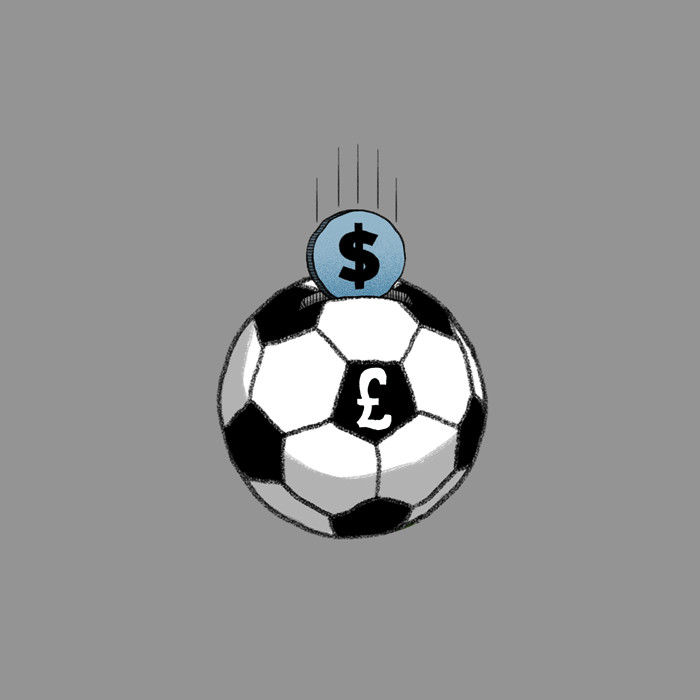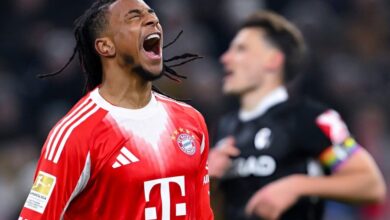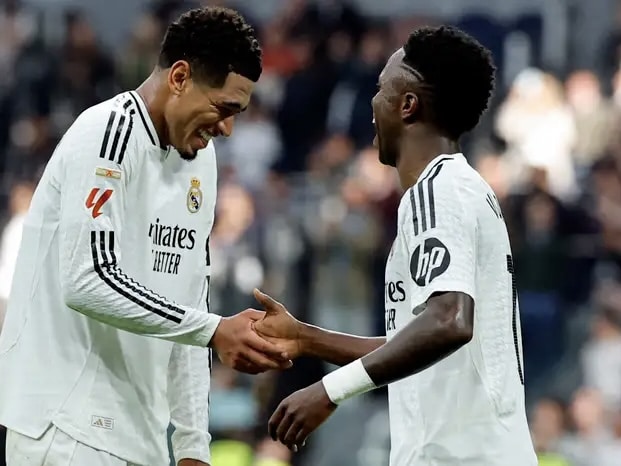
Football has grown far beyond what happens on the pitch. It is a billion-dollar industry built on personalities, images, and influence. Players are not just part of a team anymore, they are brands in their own right, with millions of followers and sponsorships that reach every corner of the world. Image rights are what define who controls and profits from that influence.
These rights give a player ownership of their face, name, and likeness. They decide where their image appears, how it is used, and how much they earn from it. From adverts to FIFA video games, from shirt sales to commercials, everything with a player’s face has value. The bigger the player, the more their image becomes a business asset, one that can even shape transfer talks and contract demands.
When a player signs for a club, the contract often separates salary and image rights. The club pays for the footballing work, but a different clause defines how the player’s name or photo can be used. Some players give partial control to the club, letting them use their image for team campaigns, while keeping their personal deals private. Others, usually the bigger stars, own their image entirely through private companies, allowing them to earn from endorsements even while under contract. The smarter the setup, the more money they can make without ever kicking a ball.
Cristiano Ronaldo is a perfect example of how big image rights can become. His social media reach alone is worth more than some clubs’ sponsorship revenue. He has deals with Nike, Clear, and many luxury brands that pay for the power of his face, not his goals. Clubs sign players like that knowing their brand alone brings visibility, followers, and commercial growth.
For clubs, image rights are both an opportunity and a risk. When they sign a player with a global profile, they benefit from shirt sales, sponsorships, and worldwide attention. But it also means paying more, because the player’s image comes at a price. A club must negotiate how much of that value they can actually use. Some clubs include revenue-sharing clauses where both sides profit from certain deals. Others prefer to keep things clean by paying a higher wage in exchange for full image rights control.
This balance is delicate. Clubs like Real Madrid and Manchester United have built empires on players who were marketable as much as they were talented. The Galácticos era was proof that image sells, sometimes even more than football. A big-name signing boosts ticket sales, shirt demand, and even TV viewership. The image rights clause just decides who pockets what from the fame that follows.
Image rights are not just about fame, they are also about money management. Players in top leagues often use image-rights companies to handle earnings from sponsors separately from their wages. It sounds technical, but it helps reduce tax rates on commercial income. The problem is, it has also led to several legal battles over what counts as genuine image income. Lionel Messi and Cristiano Ronaldo both faced tax investigations in Spain partly related to image-rights earnings, showing how fine the line can be. Clubs and agents now hire entire legal teams to keep everything clean, but the risks are always there.
The system varies across countries, which makes it more complicated. In the Premier League, clubs must register every image-rights agreement with the tax authorities to avoid future disputes. In Spain and Italy, rules have changed repeatedly after scandals. It is not always about players being greedy; it is about finding a system that rewards personal branding without crossing financial laws.
Before Instagram and TikTok, image rights mostly meant posters and TV ads. Now, every post can be a paid campaign, every photo can reach millions in minutes. Players control their brand directly from their phones. A single story from Mbappé or Bellingham can be worth tens of thousands of dollars in exposure for a sponsor. It gives players power that was impossible twenty years ago.
This shift also changed how clubs and brands think. Social media made young stars more marketable than veterans. You do not need to win trophies to trend, you just need people watching you. It is why many modern players care about their online image as much as their on-field stats. The lines between influencer and footballer are thinner than ever, and image rights are what keep it from blurring completely.
Some players understood image rights before the rest of the world caught on. David Beckham was the blueprint, turning himself into a global icon long before social media. His deal with Manchester United gave the club massive commercial growth, but when he moved to Real Madrid, his image rights became a goldmine. Madrid made millions from shirt sales and endorsements that had his face front and center, yet Beckham himself earned just as much from his own sponsorships with Adidas, Pepsi, and others. That balance between club and player profit shaped how modern deals are built.
Kylian Mbappé is another example. Negotiations regarding his move to Madrid were not just about football. They also revolved around his image-rights control, with his camp managing to negotiate a 60-40 ownership of his brand, something Madrid had only ever agreed to for Cristiano Ronaldo and they did this because his global reach justifies it. That same pull made Mbappé one of the highest-paid athletes in the world before even turning thirty, showing how image and ability now carry equal weight in football’s financial hierarchy.
For top players, managing image rights is now a full-time operation. Agents no longer handle just transfers and wages, they run business portfolios. Behind every big player is a team of lawyers, brand strategists, and marketing managers making sure every deal fits their image. When you see Haaland fronting a fashion brand or Vinícius Jr. partnering with Nike for a campaign, it is not random, it is calculated branding.
These teams protect the player’s identity and ensure consistency across everything they do. A wrong endorsement can damage a reputation, a smart one can open new markets. Clubs know this too, which is why they coordinate closely with players’ teams before launching campaigns. Football’s modern stars are not just managed, they are curated, and image rights are the thread that ties the footballer to the brand he becomes.








